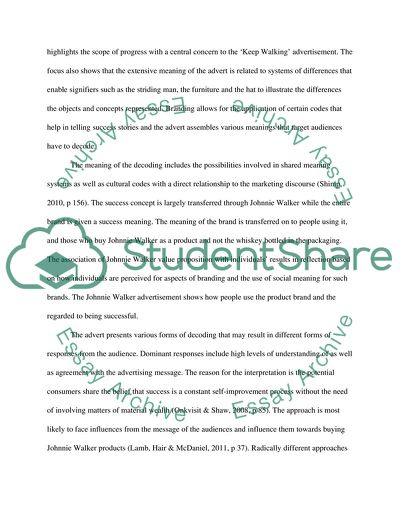Cite this document
(“Applied Buyer Behaviour in Global Context Essay”, n.d.)
Applied Buyer Behaviour in Global Context Essay. Retrieved from https://studentshare.org/marketing/1668668-applied-buyer-behaviour-in-global-context
Applied Buyer Behaviour in Global Context Essay. Retrieved from https://studentshare.org/marketing/1668668-applied-buyer-behaviour-in-global-context
(Applied Buyer Behaviour in Global Context Essay)
Applied Buyer Behaviour in Global Context Essay. https://studentshare.org/marketing/1668668-applied-buyer-behaviour-in-global-context.
Applied Buyer Behaviour in Global Context Essay. https://studentshare.org/marketing/1668668-applied-buyer-behaviour-in-global-context.
“Applied Buyer Behaviour in Global Context Essay”, n.d. https://studentshare.org/marketing/1668668-applied-buyer-behaviour-in-global-context.


